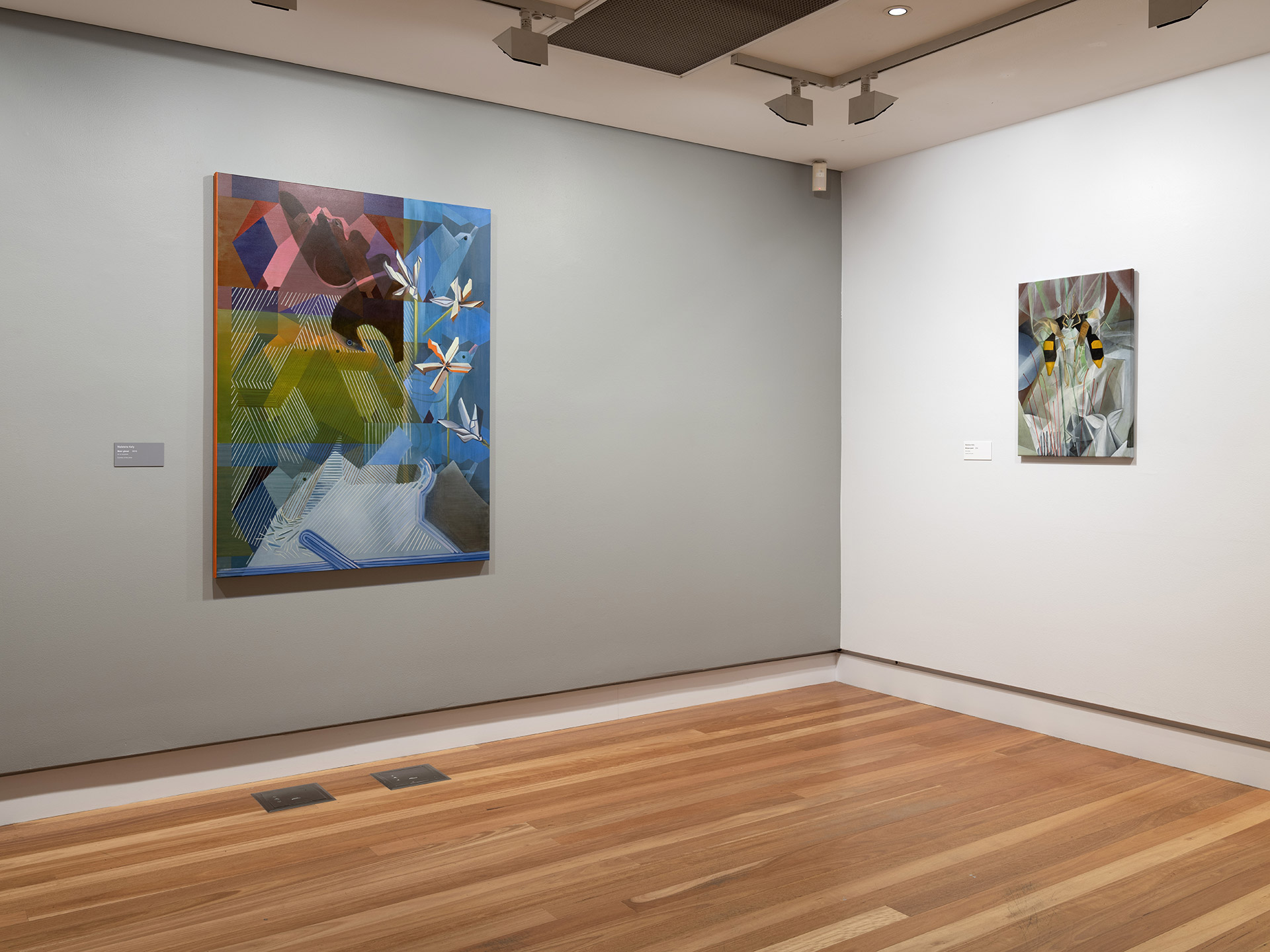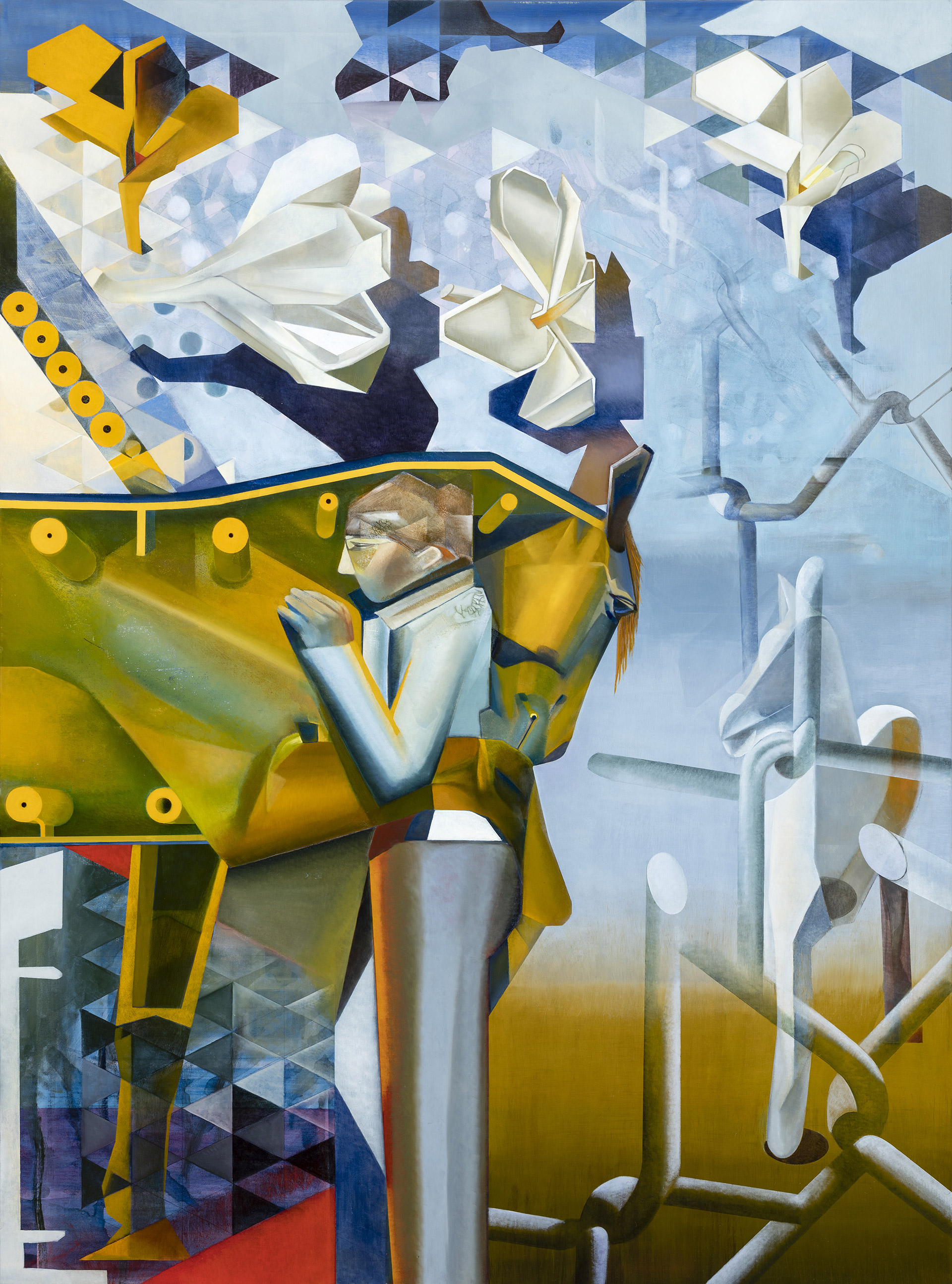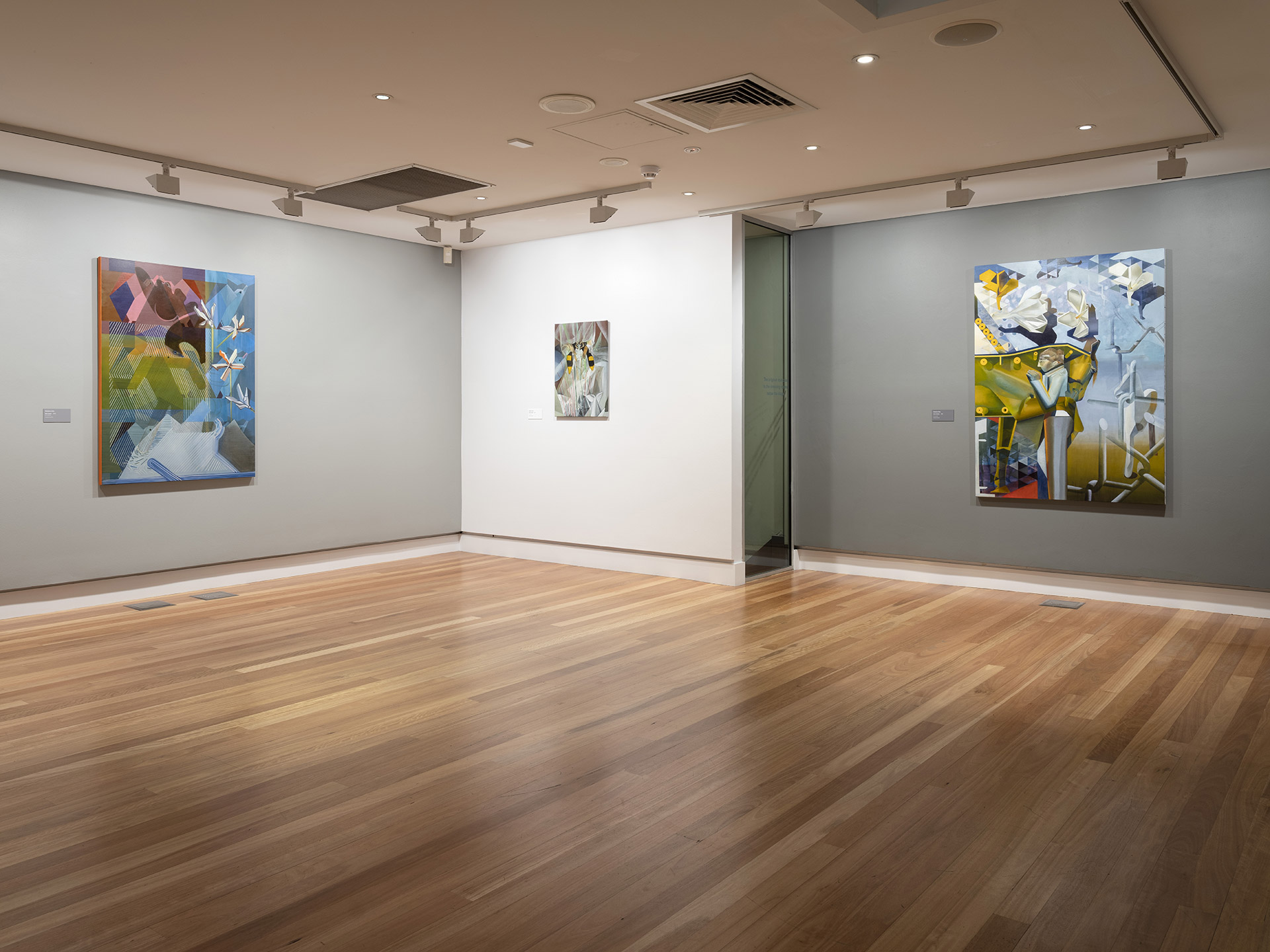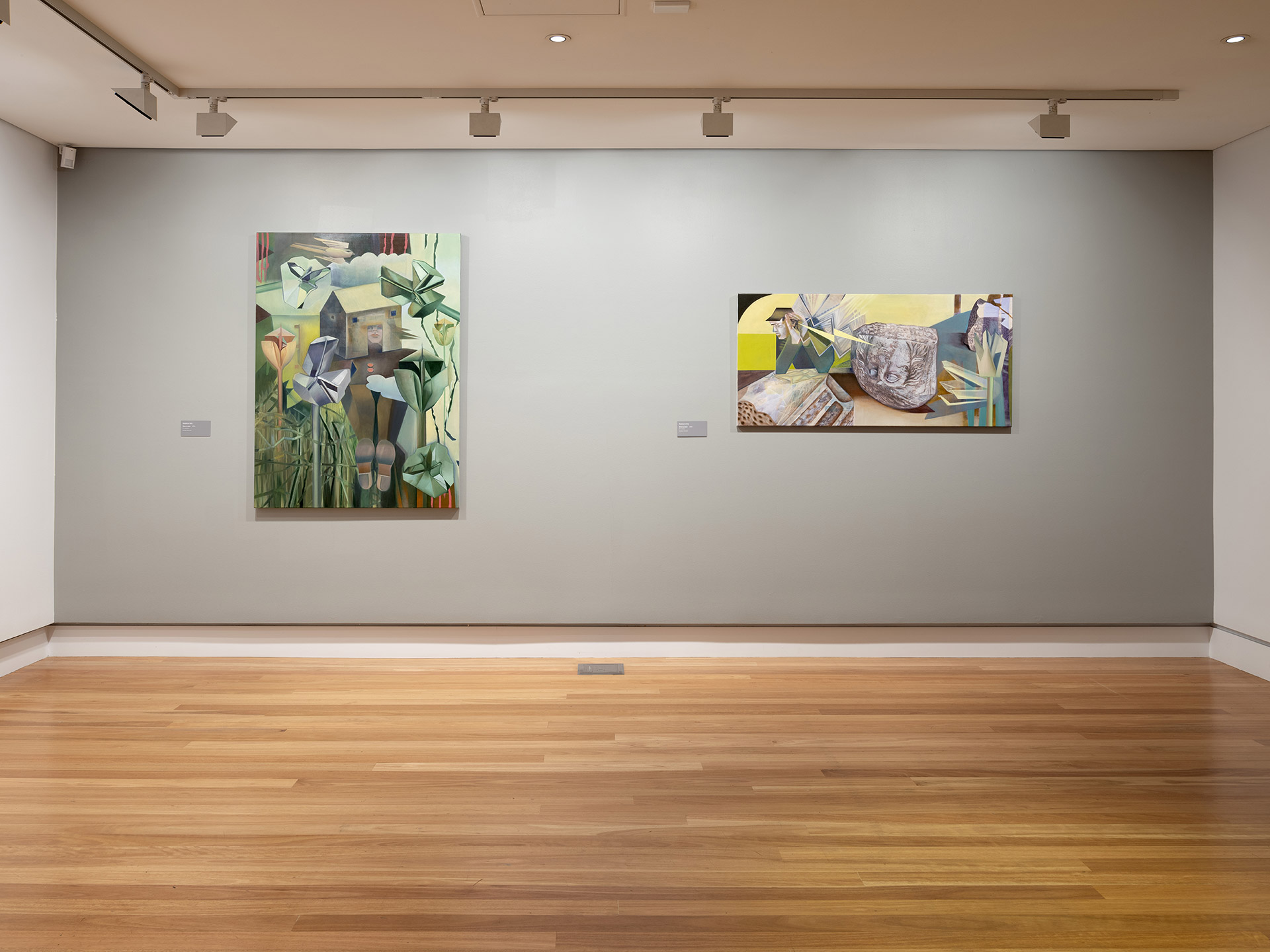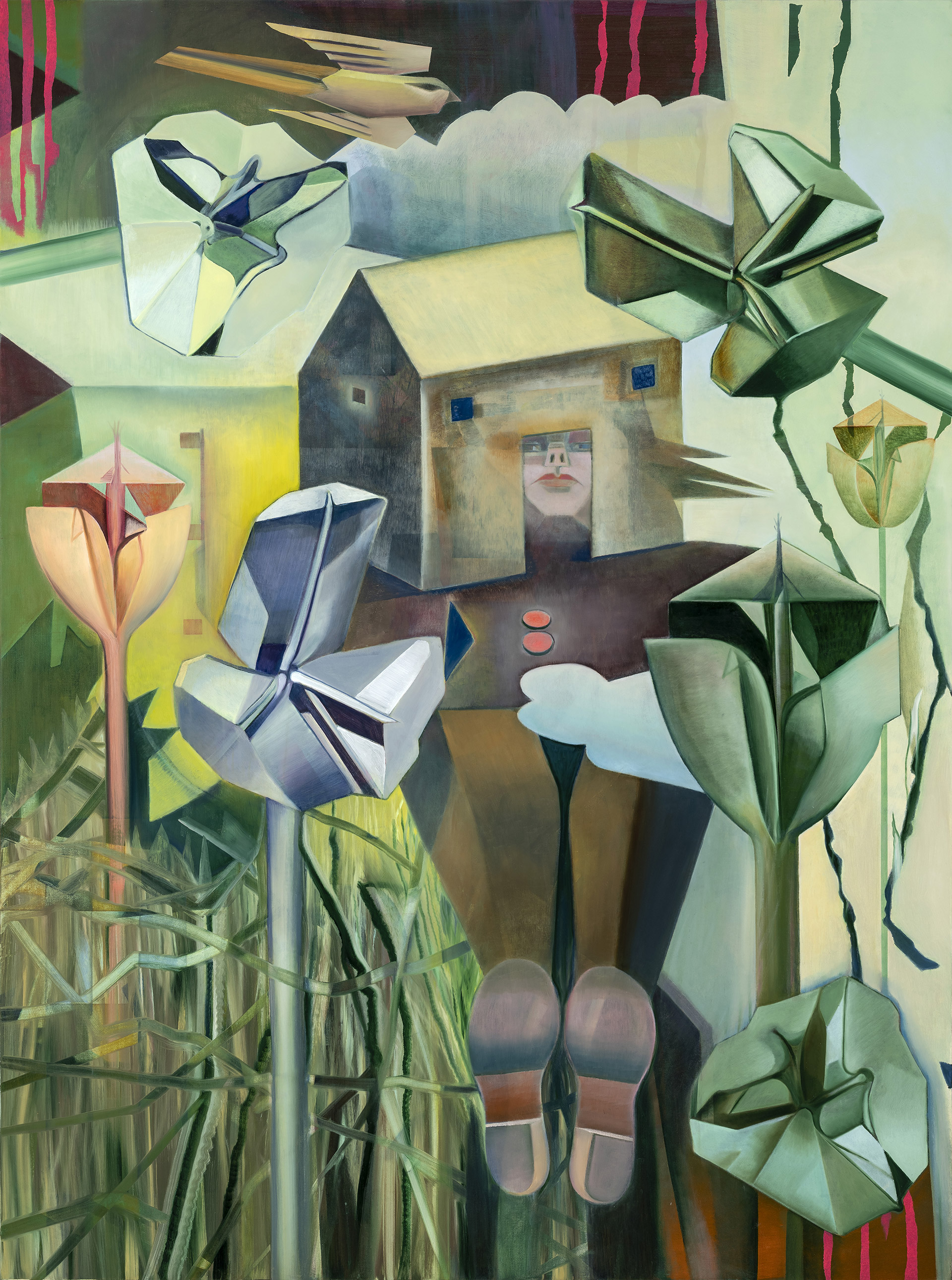Madeleine Kelly’s Painterly Morphology
Now lost somewhere in the annals of art history, it is a lesser known fact that Cubism at the time of its “invention” after 1907 was considered by its exponents and defenders as a realism. Perhaps the diminishment of this notion is because it is so hard to understand or justify. Yet it helps to explain that Cubism was not just a style, it was both a lens and a technique to define the world, to disclose the essences of forms as they existed in both time and space. It also helps to remind us that every major phase of painting has to be conceived in terms of invention, whether that be that of oil paint, one-point-perspective, down to the outlines of bison on a cave wall.
To many artists, a particular approach to painterly style is therefore not just a layer over nature but communion with its mechanisms: the workings of the picture in all its mysterious elements are a mirror to the ineffable operations of nature. Nature as not a spectacle, after all, it is the complex machine that always eludes us because we are both separate from and seamless with it. This is, I think, the best way of approaching Madeleine Kelly’s current work, namely as a means of exposing not just how things in the world are seen, but how it is that they work.
For that reason, it is only natural that this work turns to the vitalism of the artists, philosophers and poets active in the early twentieth century, ranging to the Orphist (Kupka) and Futurist (Balla and Boccioni) artists to Henri Bergson and W. B. Yeats. The title of this suite of works, What the Centre Cannot Hold derives from his poem, “The Second Coming” (1919) which is a warning against the control over the world. Bergson conceived the world and the cosmos as élan vitale, an energetics that emphasised the forces of animation and creation. Sound, movement, propulsion, creation and destruction, must all be seen as interconnected. Look at a cube of sugar, Berson advised, not as an isolated object, but rather conceive of it as the sugar cane before and its dissolution in your cup of coffee afterward. Things are to be seen in terms of their methods of mutation, as causal flow.




